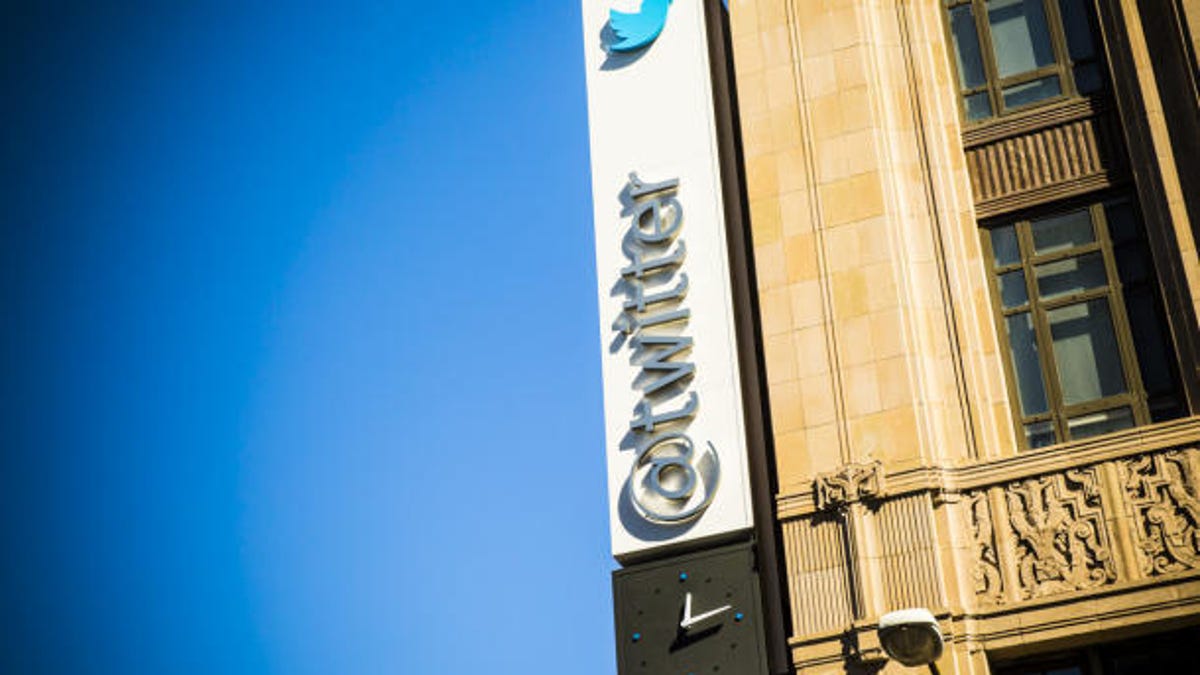Twitter's timeline excuse: Quality over quantity
Twitter argues that even though it noticed a marked drop in content consumption, you should be rejoicing. Wall Street isn't buying it.

Problem? What problem?
Wednesday, Twitter CEO Dick Costolo tried to frame a troubling seven percent fall off in timeline views between the third and fourth quarter of 2013 as a sign of something good. His rationale? Quality over quantity, of course.
Timeline views were "impacted" -- read: clobbered -- by "a series of product improvements across both iOS and Android that were designed to increase interaction per timeline view," Costolo said. "Those product changes worked extremely well."
So, in other words, even though the company only tabulated 148 billion timeline views in the fourth quarter, compared to 159 billion in the previous quarter, you should be rejoicing. Wall Street isn't buying it. The stock is trading down around 17 percent in after-hours trading at the time of publication.
The rationalizing came after Twitter published a better-than-expected earnings report for the fourth quarter. The company came in with $243 million in revenue and adjusted earnings of 2 cents, which was far better than analysts' anticipated. Wall Street, however, wasn't ready for the bad news: growth has stalled and timeline views are going in the wrong direction.
Timeline views are a proxy designed to measure the amount of content people consume on the service. They are officially defined as, "the total number of timelines requested when registered users visit Twitter, refresh a timeline or view search results while logged in on our Web site, mobile Web site or desktop or mobile applications."
Twitter's threaded conversations are definitely to blame for the negative change. The feature, added in August, organizes tweets with their replies so users don't have to go scrolling backward for content. But if you stop scrolling as often, you're not going to see as much content and your timeline views will go down. So there you go.
Twitter Engagement: Q4'13 Timeline Views 148 billion, up 26% y/y. #TWTRearnings pic.twitter.com/JMwcymsmZx
— TwitterIR (@TwitterIR) February 5, 2014If you want to suspend disbelief that this is problem, try taking Costolo at this word and think about Twitter as working to make each timeline view more valuable. "We believe that this new conversation approach offers a better experience for existing users, and, more importantly, helps news users more quickly grasp the conversational nature of the platform," he said.
Costolo tried to make the case with improved interaction stats. Favorites and retweets were up 35 percent in the quarter, he said, and direct messages were up 25 percent. "That gives us confidence that the hypotheses we have, based on our user research and our data, about the road map we've crafted...will be successful."
I guess it all depends on how you define success.

